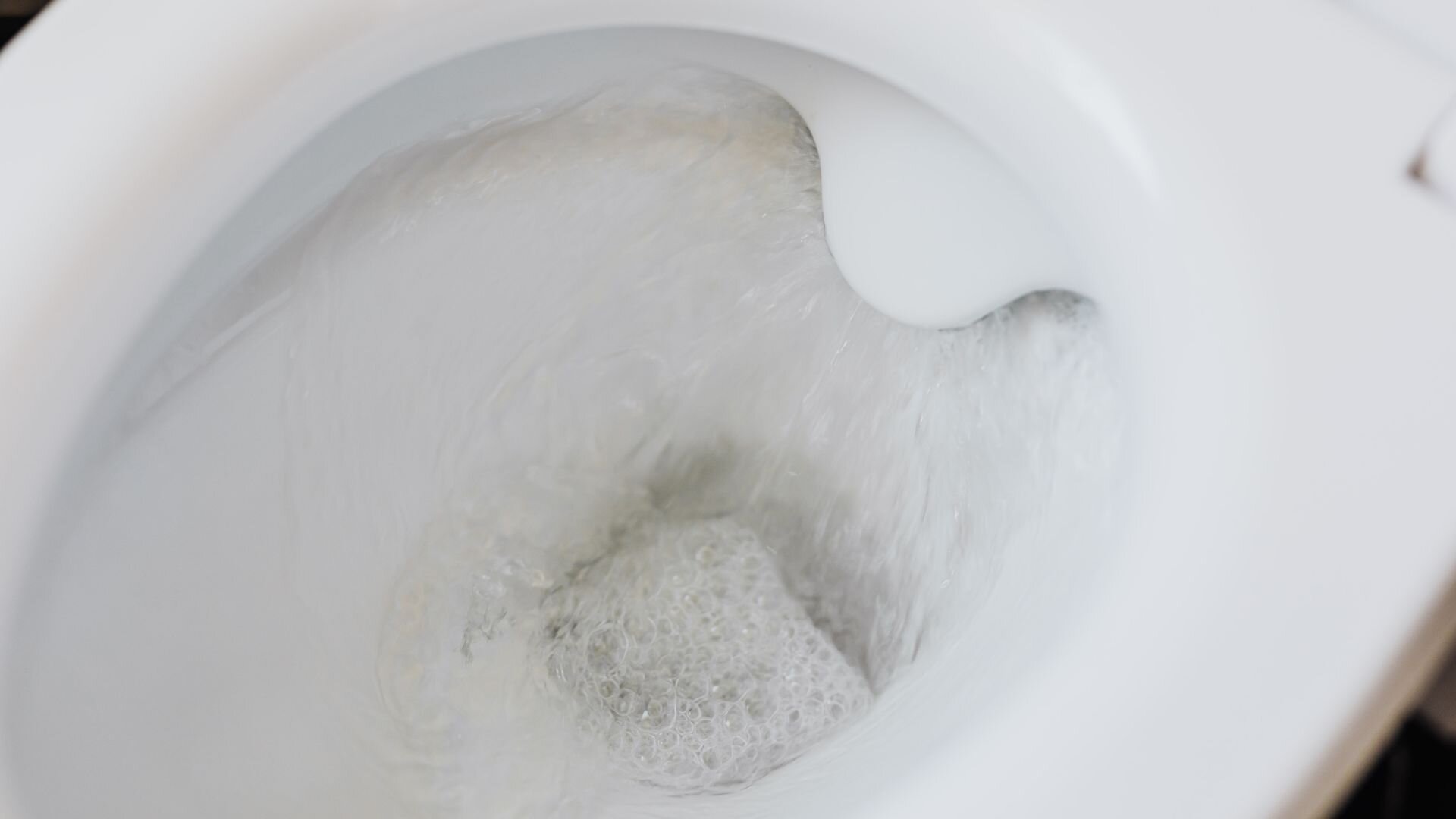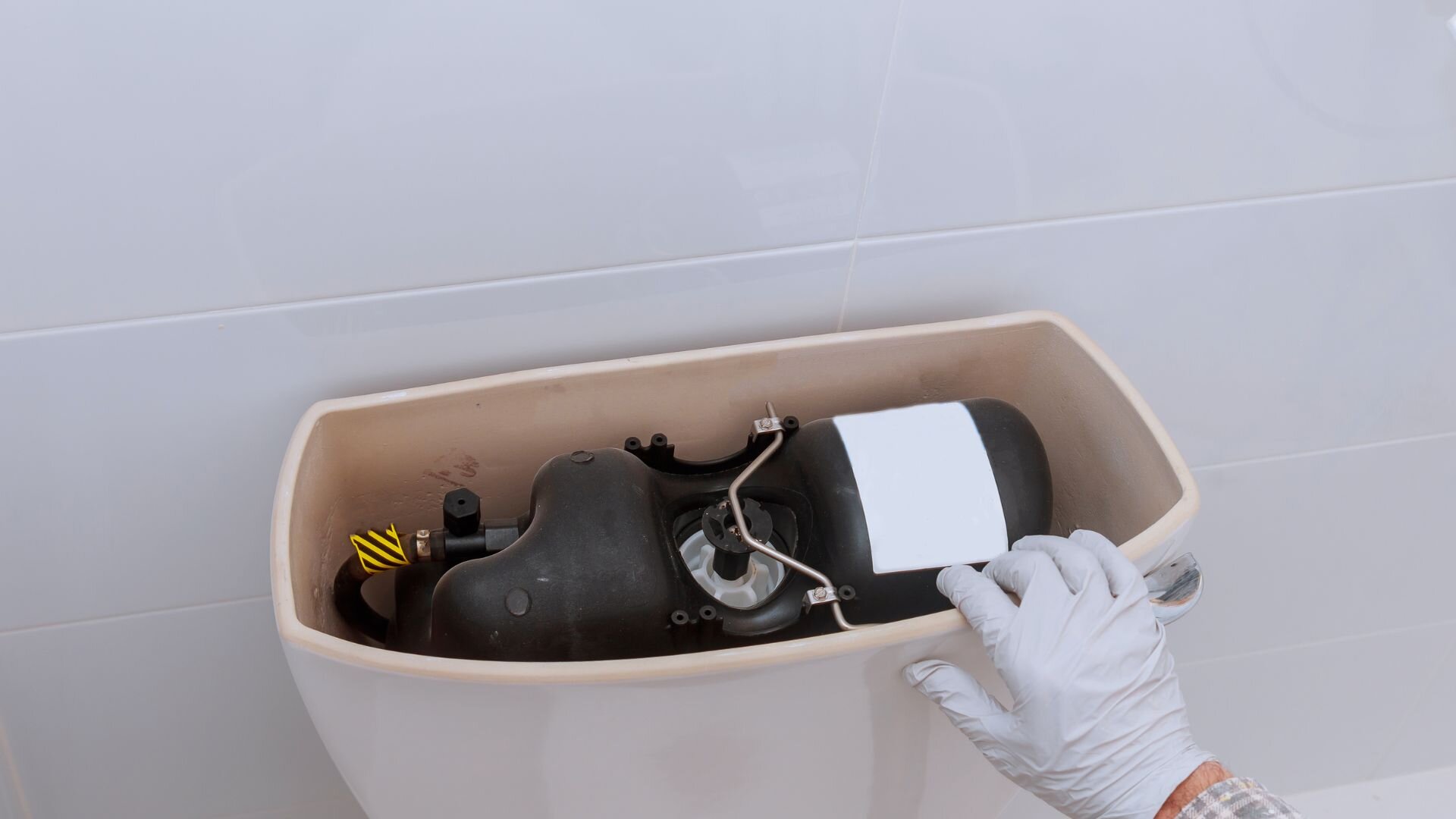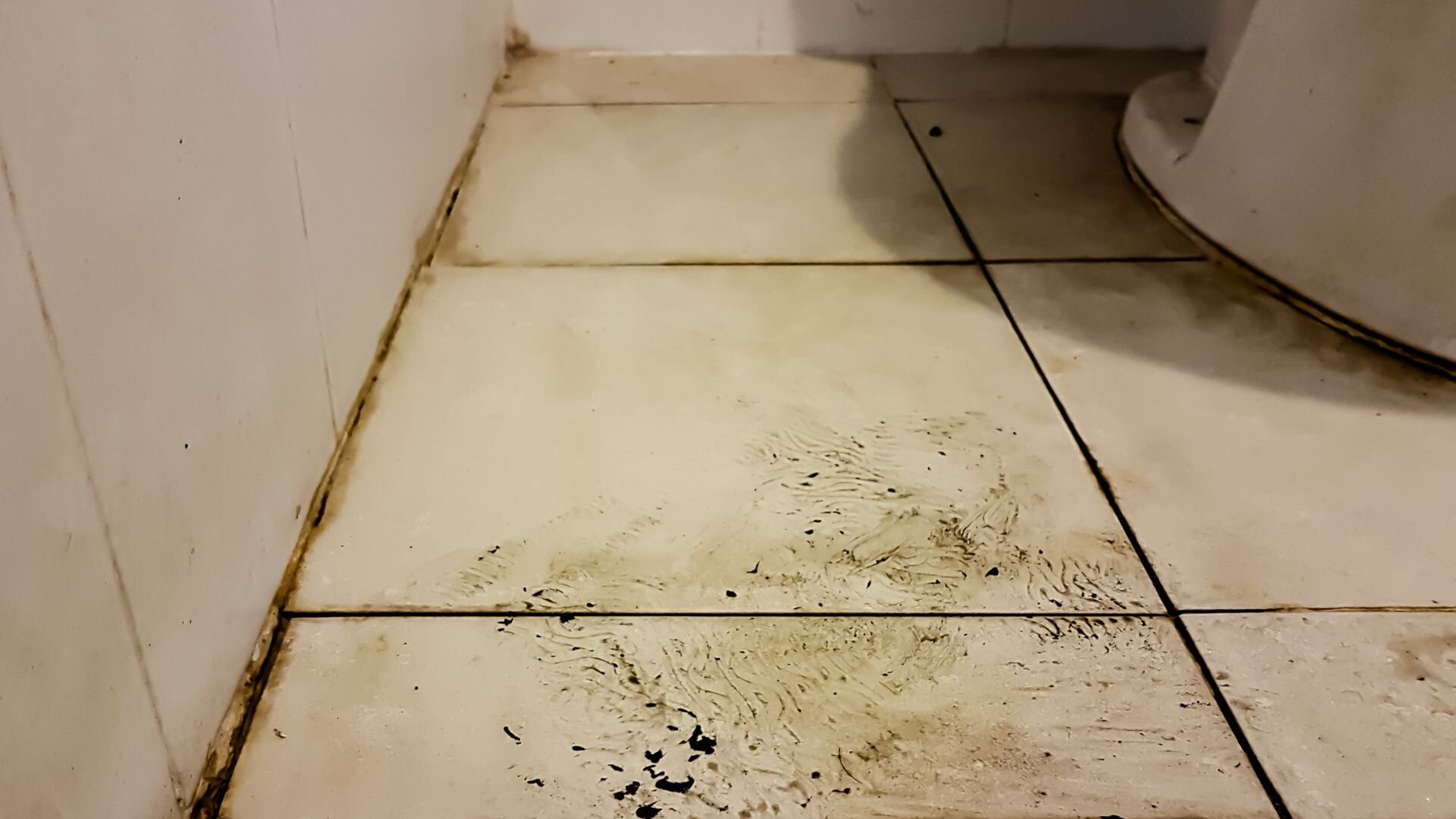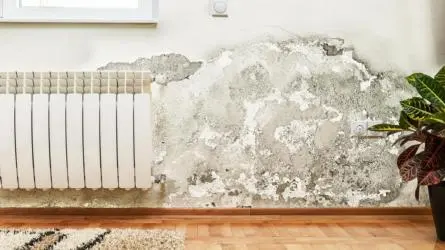It’s a gut-punch, right? You’ve just invested in a fresh toilet install, maybe even treated yourself to a mini bathroom makeover, and now there’s water creeping across the floor. That puddle might seem small now, but it could be a sign of a much bigger issue. A toilet leaking after the Toilet installation is more common than most people realise. Even brand-new toilets can leak due to something as simple as a misaligned wax ring or a loose connection on the water supply line.
Sometimes, it’s not even a faulty product, it’s just that something tiny was overlooked during installation. In this article, we’ll walk through the main reasons behind a leaking toilet, how to spot those early red flags, simple checks you can do yourself, mistakes to avoid, and when it’s time to call in a professional plumber. The goal? To stop water wastage, avoid costly damage, and get your bathroom back in order.
Telltale Signs Your Toilet is Leaking
Just installed a toilet? Keep a close eye on things over the next few days. One of the first signs that something’s not right is a damp or spongy feeling around the toilet base. If the floor gives underfoot or feels oddly cold, chances are there’s water lurking beneath the surface.

Look for water stains or discolouration along the base or wall. These are silent clues your toilet may be leaking. You might also hear a faint hissing sound, which usually means water’s escaping somewhere it shouldn’t possibly the inlet valve or flush valve.
Then there’s the cistern. If it doesn’t refill properly or it’s taking forever to top up, check the overflow tube. A drop in water level without any obvious use often means there’s a slow leak happening somewhere inside.
And don’t ignore the obvious: water leaking after every flush? That’s a big red flag pointing to a dodgy wax ring or rubber seal. Catch it early to avoid a bigger headache later. Water has a habit of travelling, and what starts as a trickle can quickly become a plumbing disaster.
Most Common Reasons a Toilet Leaks After Installation
Incorrect Wax or Rubber Ring Seal
The wax ring (or sometimes a rubber seal) is what keeps everything tight and leak-free between the base of the toilet and the floor flange. If it’s misaligned or squashed unevenly during install, it won’t form a tight seal. The result? A leaking toilet base that shows up as damp patches or water collecting after every flush.
Installing a new wax ring properly is all about getting the right pressure and making sure the toilet bowl sits squarely over the flange. Without that, leaks are pretty much guaranteed. If the wax gets damaged or shifts during setup, replacing it with a fresh new wax ring is usually the best move.
Loose Bolts or Misaligned Fittings
Loose bolts might not sound serious, but they’re a leading cause of leaks after installation. The connection bolts and tee bolts keep the toilet bowl anchored to the floor. If they’re not tight or worse, the toilet can wobble slightly with use. That little bit of movement is all it takes to break the seal at the base.
On the flip side, overtightening those bolts can crack the porcelain or squash the wax ring too much. It’s a balance. Bolts need to be firm, but not cranked too tight. If your toilet feels like it shifts or rocks, get it checked fast. That kind of motion is a surefire recipe for causing leaks.
Cracked toilet bowl or Tank Damage
Hairline cracks in the toilet tank or bowl are sneaky. They often go unnoticed at first because the leak is so slow. But over time, those cracks can widen or worsen, especially if there’s any pressure or shifting during installation. Water might seep out gradually and collect around the toilet base or near the pipe fittings.
Even brand new toilets can have defects straight out of the box. And sometimes the cracks happen while manoeuvring the toilet into place. If you spot a persistent leak and everything else looks fine, inspect the tank and bowl closely for hidden damage.
Improper Water Supply Line Attachment
The water supply line is another common trouble spot. If it’s not connected securely or the nut isn’t tightened properly, you’ll probably see water leaking near the wall or behind the toilet. It might be a slow drip or a noticeable puddle, depending on how loose the fitting is.
Sometimes it’s the washer or hose that’s the culprit. Cheap plastic connectors can crack under tension, especially if over-tightened. Double-check the connection bolts and hose fittings for signs of a leak. If tightening doesn’t stop it, you might need to replace the pipe or upgrade to a better quality supply line.
Flange Issues or Uneven Surfaces
The toilet flange needs to sit level with the floor. If it’s recessed, too low, or the bathroom floor isn’t flat, the toilet won’t sit evenly. That can mess up the wax seal, making it impossible to get a good seal no matter how carefully you align it.
When that happens, you’ll likely see water leaking from the base after every flush. In these cases, no amount of tightening will solve it. You may need flange spacers or to adjust the floor surface slightly. Once the toilet sits properly, you can create a tight seal that stops water from escaping where it shouldn’t.
Easy Checks Before Calling a Plumber
Not every leak needs a call to the plumber, at least not straight away. Here are a few easy checks you can try on your own first.
Start by thoroughly drying the area. Place a tissue or paper towel around the base of the toilet and flush. Watch closely to see where the water comes from.
Press gently around the base and feel for any give or wet spots. If water starts seeping out, there’s probably a wax ring or gasket issue. Check the water supply line next. Run your hand along the hose and nut to feel for drips.
Listen for any hissing sounds coming from the cistern. If the flush valve or inlet valve isn’t sealing properly, you might hear air or water movement even when it’s not being used.
Still can’t spot the source? Turn off the water supply at the isolation valve to stop water wastage until help arrives.

Why Ignoring a Leak Can Cost You
It might seem minor now, but a slow toilet leak can cause major damage over time. Water leaking under tiles can soak into grout, loosen adhesive, and rot the timber or subfloor beneath.
And then there’s mould. Damp areas around the base of the toilet or behind the tank are prime spots for it to grow, especially if the leak’s hidden. That mould won’t just smell bad, it can also be a health hazard.

Left unchecked, you’re looking at a full bathroom renovation instead of a simple fix. Blocked drains, cracked surfaces, peeling paint, and warped floors are all real possibilities. What started as a tiny drip could become a disaster.
How to Prevent Toilet Leaks After Installation
A good install is all about attention to detail. First, line up the toilet bowl carefully so that it rests evenly on the flange. Use a high-quality wax ring or rubber seal, and don’t rush this part.
Make sure the bolts are firm but not over-torqued. Check the gasket, flush valve, and overflow tube before placing the cistern. Tighten everything slowly, and double-check the water supply line is snug.
Once installed, monitor the area over the next couple of weeks. Check the floor for dampness and keep an eye on water flow, especially after flushing. Any change in water level in the tank or bowl might mean a leak has developed.
When in doubt, it’s worth having a professional plumber double-check the install. They’ll spot any issues before they escalate and ensure a proper, lasting seal.
DIY Mistakes to Avoid
DIY projects can be satisfying, but toilets can be tricky. One of the most common mistakes? Over-tightening bolts. It sounds harmless, but it can crack the toilet bowl or distort the wax ring, creating gaps that allow leaks.
Another blunder is relying solely on sealant. Sealant might slow a leak for a while, but it won’t fix a broken gasket or poor alignment. One homeowner used silicone to cover a leak at the base. Weeks later, their tiles lifted, and mould had spread. The root issue? A compressed wax seal that needed replacing.
What a Professional Toilet Installation Should Look Like
A proper install isn’t just about connecting parts it’s about making sure they work together flawlessly. A professional plumber will align the toilet perfectly over the flange, use new parts, and perform pressure tests to make sure there are no leaks.
They’ll also check that the overflow, flush valve, and water supply line are operating correctly and that the water flow is smooth. Everything from the nut and washer to the hose length is selected with precision.
It’s that level of detail that makes the difference between a leak-free toilet and a repeat job two weeks later. A skilled local plumber gets it right the first time, saving time, money, and stress.
Get Your Bathroom Back on Track
If you’ve just had a new toilet installed and you’re already dealing with leaks, don’t panic it’s fixable. Whether it’s a simple tweak or a full reinstall, getting to the bottom of the issue now will save you a heap of hassle down the track.
And if the problem persists despite your best efforts, it might be time to bring in the pros. Woolf Plumbing offers reliable, professional installation services with local plumber expertise you can count on. Book a service today and stop water wastage before it turns into serious damage.




